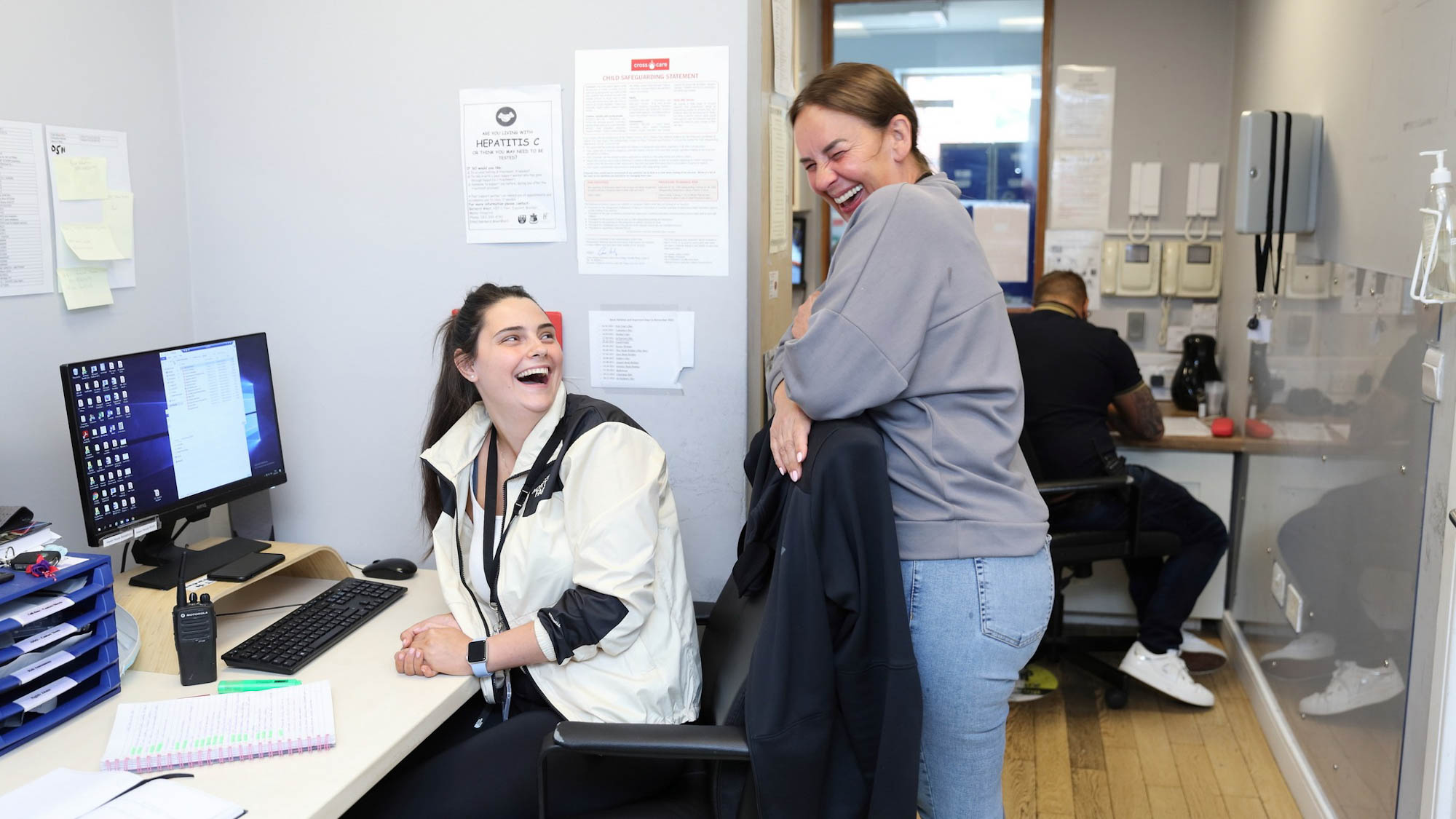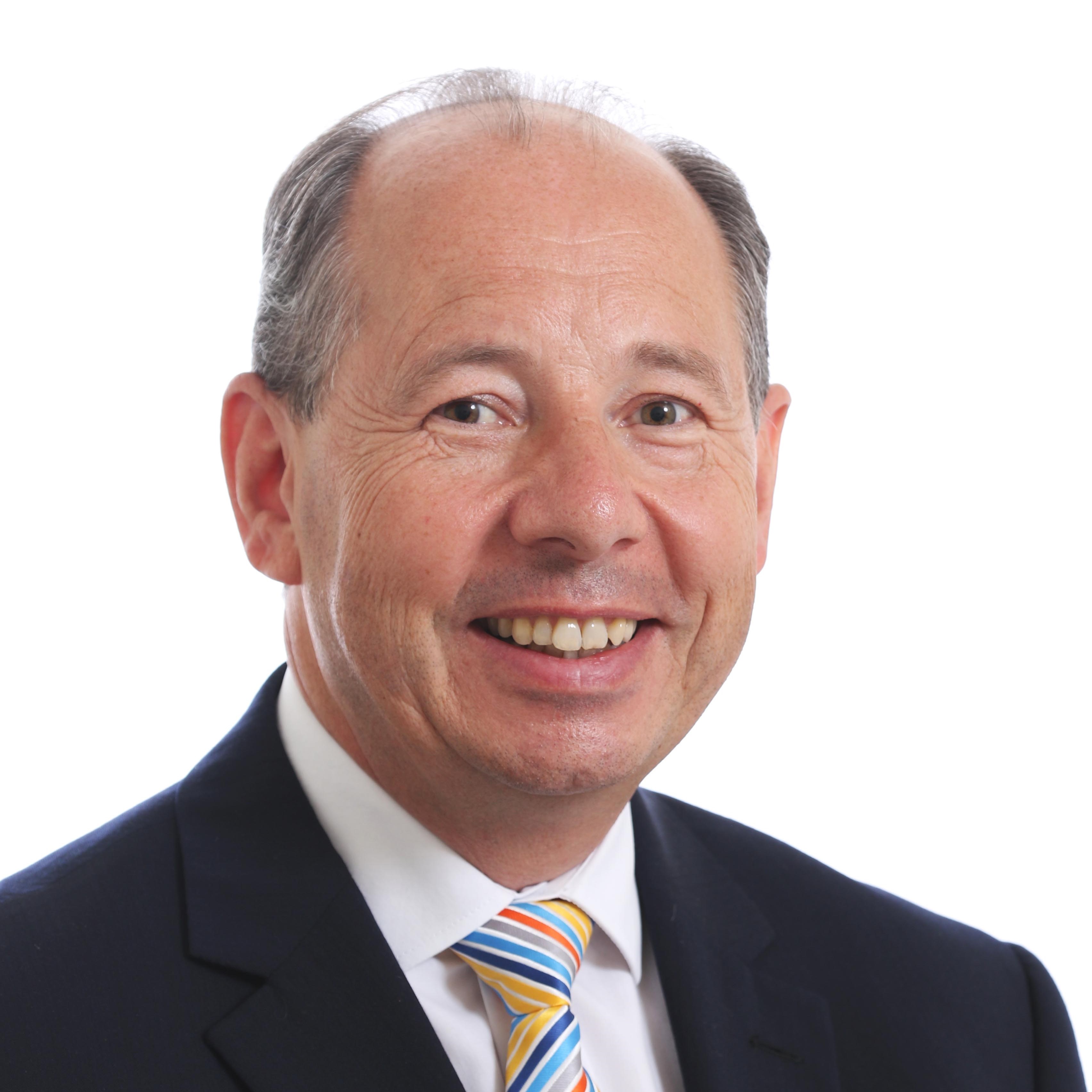In this blog, Benefact Trust grants officer, Paul Playford, gives his top tips for what you should think about before you start filling in an application form to have the best chance of success.
Your church or charity is planning a project…and you have been given the task of managing the fundraising. It’s time to start approaching grant-funders, including Benefact Trust!
The nature of the project will, of course, have a bearing on who you can apply to, and it’s vital you do some preliminary research to avoid wasting your time filling in an application that’s doomed to fail because you don’t meet the funders’ criteria. Our 'Which grant is for me?', 'How to apply' and 'Apply for a grant' pages are a useful source of information, particularly our FAQs.
Even if you have a pretty good idea that your project will be eligible for funding from a particular grant-giver, it’s really important to look beyond ticking boxes before you even start to put pen to paper, or fingers to keyboard in our case! When you have a stack of application forms to fill in and you have a million jobs on your list, it’s tempting to think a ‘copy and paste’ job will do, but we know from experience that planning and perfect timing are the best route to success.
Every month, we’ll receive more than 100 applications and while we say yes to a large proportion due to our commitment to support as many causes as we can, other funders support far fewer projects. That’s why it’s vital to make your application stand out from the crowd. Think about the person reading it…you want to make them smile, not sigh!
Most importantly though, think about the organisation they represent and what they stand for. Look at their website and read the case studies and news stories about the projects they have previously supported. It will give you a good idea about the causes they are passionate about and love to shout about. You need to think about how your project fits with their mission and their values and ensure that’s front and centre in your application. If you are still not clear after reading their website, pick up the phone to them. There’s no substitute for some friendly advice. It saves our time and yours in the long run!
I’ll tackle what to put in your form in a later blog, but for now, I’ll just say that, as a grants officer, the most frustrating forms to read are those when you get to the end and you’re still not entirely clear what the applicant is asking for money for! Most funders will have word counts on their forms so you need to make every one count! What we really want to know is what the impact of your project will be on your community and how will it change people’s lives.
Back to the perfect planning though. Your funder will want to know that your project will fulfil a real, rather than simply a perceived, need. Sharing the results of a survey of your local community can be a great way of supplying that evidence and showing the likely reach of your project. Just like every other charity, your grant-giver needs to demonstrate its impact, so why not help them out by showing them what yours will be if you get the money? You could even source some quotes from people who will benefit. The human story is almost always the most interesting. Evidence that you have explored the potential of partnerships and learned from best practice, is also a powerful persuader.
The other key element is timing. Some grant-givers prefer to give grants early in the project planning phase, and others would rather help plug a funding gap further down the line. One thing is for sure though; they all need reassurance that your project will be sustainable once it is complete and that your fundraising efforts have a strong chance of success, so you’ll need to do everything you can to show them that’s the case.
When it comes to Benefact Trust, we tend to have a lower threshold than most (for funds already raised), and we often hear from our beneficiaries that our grant kick-started their fundraising, encouraging others to come on board because we had shown faith in their project. That’s always great to hear, but it’s also a clear indication that staggering your applications can be a really sensible thing to do. So don’t drown trying to fill in 10 forms in one go!
And finally, here’s the boring bit, but its sound advice that will save you time and boost your chances. Read through the entire application form before you start filling it in. That way, you can ensure you will have all the practical information you need to hand so that you don’t have to keep coming back to it, and you can think carefully about what fits best in each section. Reading duplicated content is another surefire way to turn a grants officer’s smile upside down!
There are a number of places where you can look for potential funders, including the Christian Funders’ Forum website.




